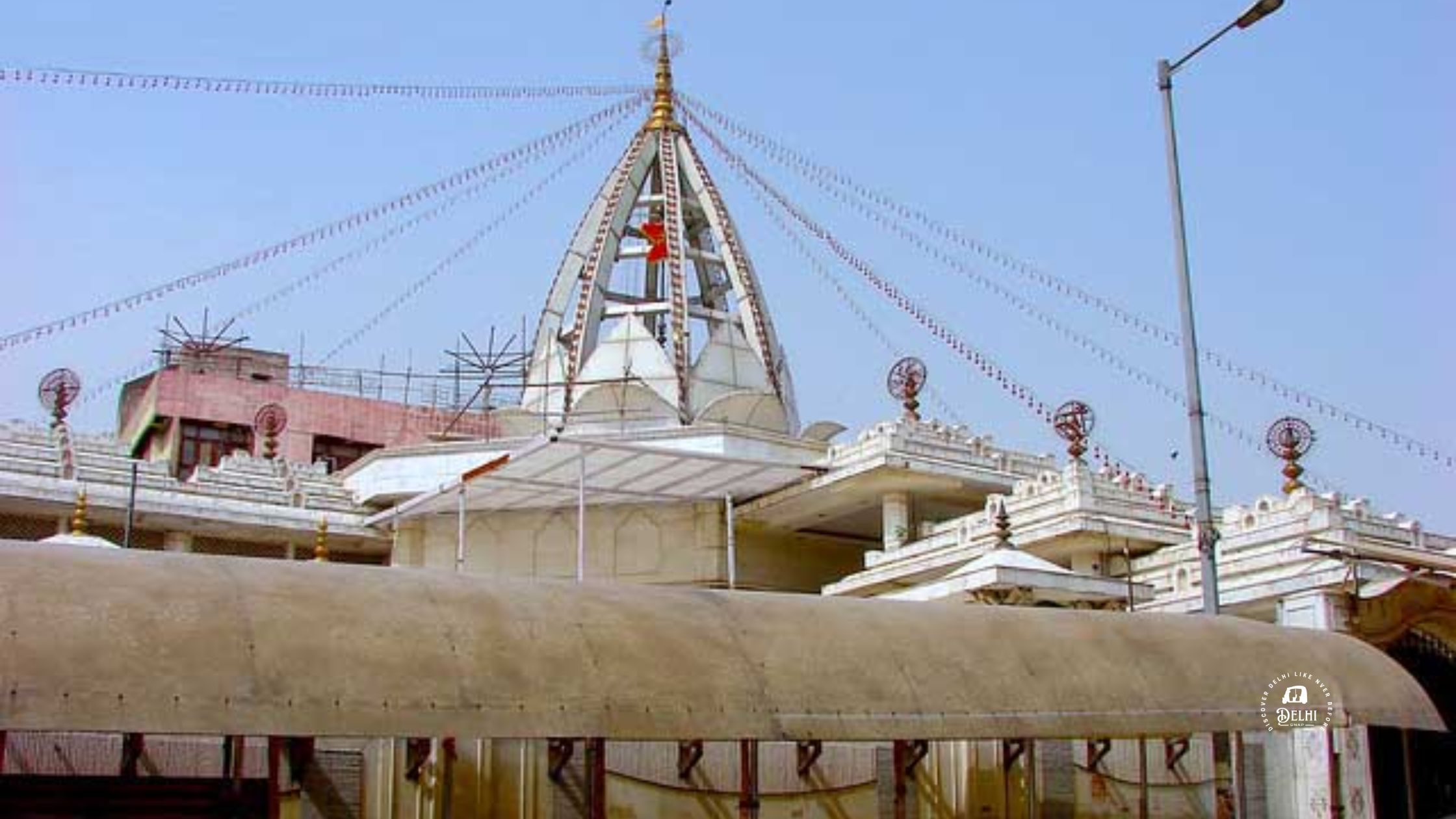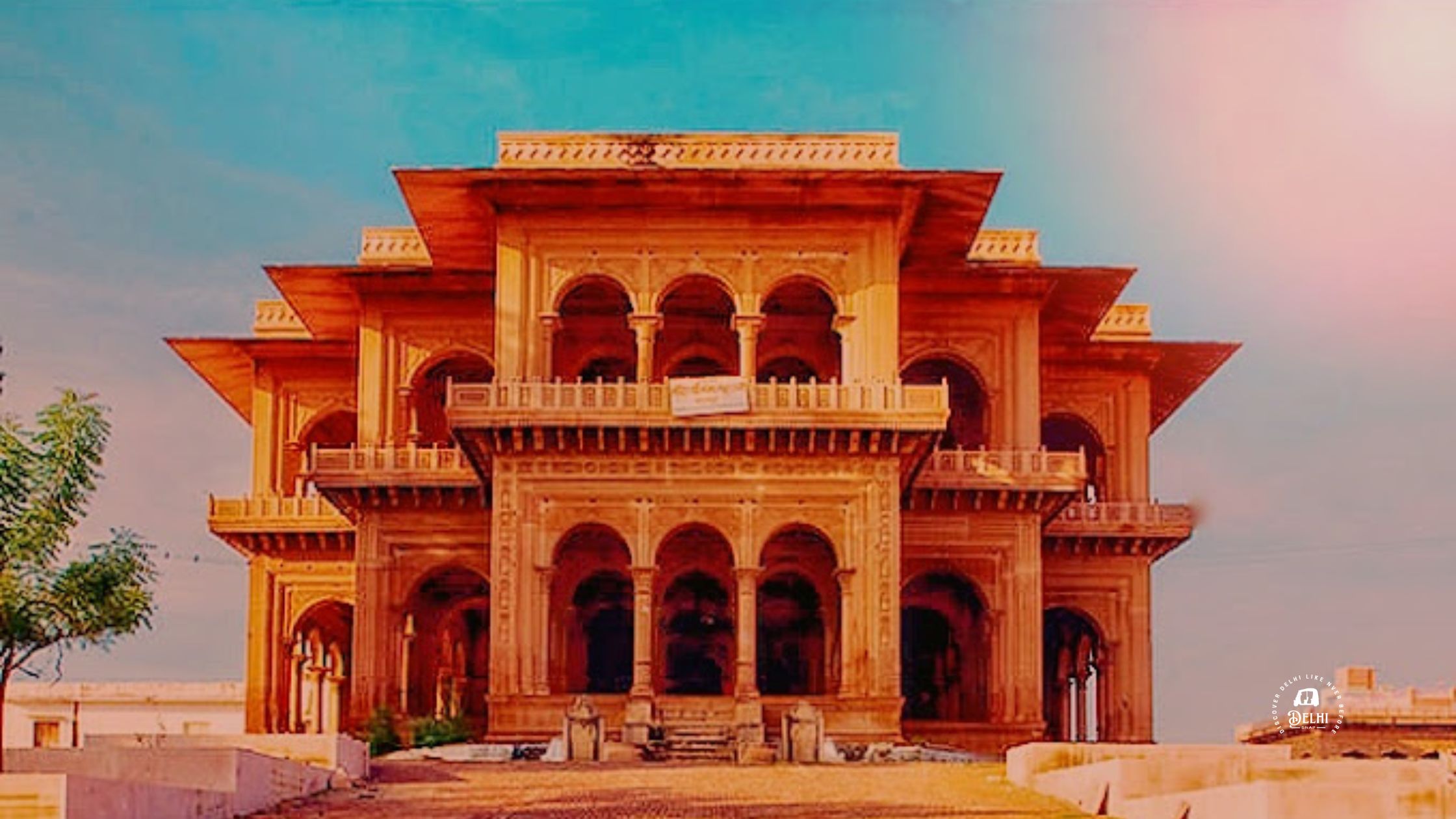As a believer in the power of spirituality and religion, I have always been fascinated by the various temples, shrines, and religious sites in India. And recently, I had the privilege of visiting the famous Jhandewala Mandir in Paharganj, India.
From the moment I set foot in the temple premises, I was mesmerized by the aura of divinity and tranquility that enveloped the temple. The temple’s architecture, the vibrant colors, and the enchanting aroma of flowers and incense sticks all worked together to create a peaceful atmosphere.
In this blog, I will take you on a virtual tour of the Jhandewala Mandir, exploring its history, significance, rituals, and all that makes it a must-visit religious site in India.
History of Jhandewala Mandir
The Jhandewala Devi Mandir is a popular Hindu temple located in Karol Bagh, Delhi. The temple is dedicated to Goddess Jhandewala, who is believed to be an avatar of Goddess Durga. The temple’s history dates back to the 18th century when a wealthy merchant named Badri Prasad built a small shrine to worship the Goddess.
Over time, the temple gained immense popularity and grew in size, with several devotees coming from far and wide to seek the blessings of Goddess Jhandewala. The temple has undergone several renovations and expansions over the years, with the latest one being in 2010.
Significance
The Jhandewala Mandir is a revered religious site among the Hindu community, with thousands of devotees visiting the temple every day. The temple is particularly famous for its unique ritual of waving flags, also known as ‘Jhande Ki Yatra.’
According to legend, a farmer named Jhandu discovered a statue of Goddess Durga while ploughing his field. The statue was then installed at the current location of the temple, and the practice of waving flags began as a tribute to the Goddess.
The Jhande Ki Yatra is celebrated every year on the eighth day of Navratri, a Hindu festival that lasts for nine days. During the festival, devotees carry flags of different colors, representing different aspects of Goddess Durga, and offer them to the temple.
Apart from the Jhande Ki Yatra, the temple also hosts several other festivals and rituals throughout the year, including the Durga Puja, Navratri, and Diwali.
My Experience
Visiting the Jhandewala Mandir was an experience that I will cherish for a lifetime. The temple’s serene atmosphere and beautiful architecture left me awestruck, and I felt a sense of peace and calm as soon as I entered the temple.
I was particularly impressed by the temple’s cleanliness and the devotion
Frequently Asked Questions
Q. What are the timings of Jhandewala Mandir?
The temple is open to visitors every day from 6:00 AM to 9:30 PM. However, it can get crowded during peak hours, especially during the Navratri festival.
Q. How can I reach Jhandewala Mandir in metro?
The nearest metro station is Jhandewalan Metro Station, which is on the Blue Line of the Delhi Metro
Q.Is Jhandewalan a Shakti Peeth?
Jhandewalan Mandir in Delhi is dedicated to Goddess Jhandewali, a form of Goddess Parvati. Located in the heart of Delhi, it is a Siddh Peeth and one of the oldest temples in the city. The deity’s idol is a self-manifested idol.




